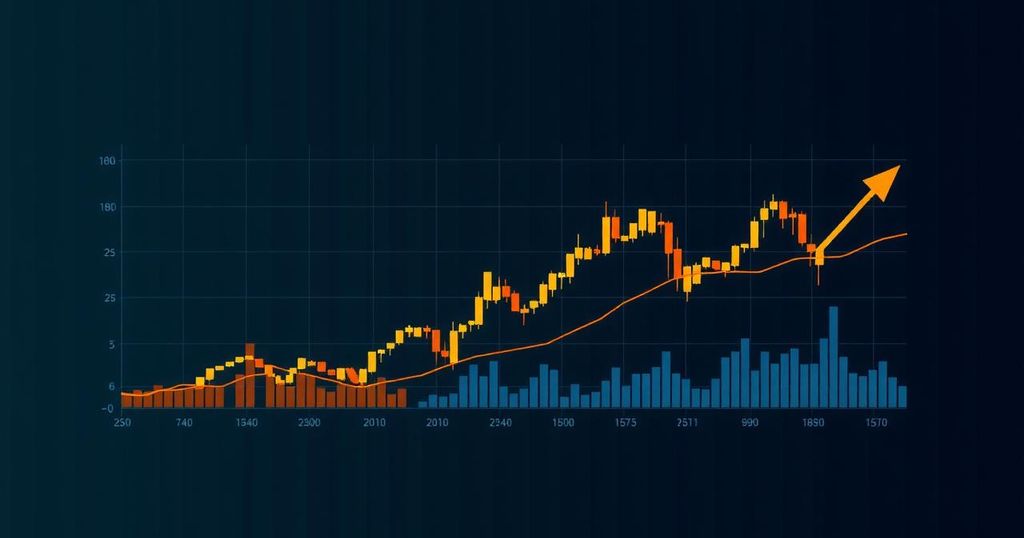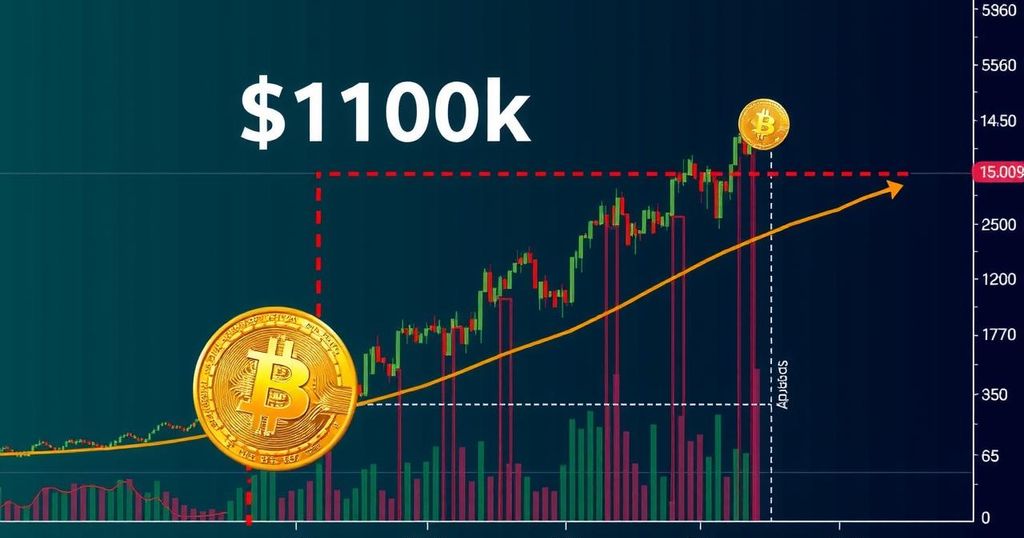Factors Behind Today’s Cryptocurrency Market Decline
Summary
On September 11, the cryptocurrency market fell by over 1.5% before recovering to approximately $2 trillion, influenced by volatility in U.S. stock markets and significant long liquidations among traders. The release of inflation data contributed to these fluctuations, foreseeing possible implications for upcoming interest rate decisions by the Federal Reserve.
On September 11, the cryptocurrency market experienced a notable decline despite encouraging macroeconomic data from the United States. The total market capitalization for cryptocurrencies fell by over 1.5% to approximately $1.97 trillion. However, a subsequent recovery led the market back to around $2 trillion amid pronounced volatility. This analysis seeks to elucidate the primary factors contributing to the fluctuations within the crypto market today. The crypto markets exhibited volatility paralleling the recent instability observed in U.S. stock markets. Shortly after the opening of Wall Street on September 11, the S&P 500 index dropped 1.4%, the Dow Jones Industrial Average fell by 570 points (equivalent to a 1.5% drop), and the Nasdaq Composite index declined by 1.35%. These indices have since regained a measure of stability as investors process the inflation data released for August. Simultaneously, crypto asset prices have demonstrated significant fluctuations. Bitcoin witnessed a 2% decrease within 24 hours, trading at $55,713 before recovering to $57,010 at the time of this report. In addition, Ethereum saw a 1.9% drop to $2,290, followed by a rise of 2.4% to $2,342. This volatility appears connected to the August Consumer Price Index (CPI) report, which indicated a slowdown in inflation as anticipated. Market participants may have engaged in profit-taking activities following Bitcoin’s previous performance prior to the CPI data’s release. The Kobeissi Letter remarked, “Markets are showing us that no rally is safe, but dip buyers are still looking for bargains.” According to a September 11 release from the U.S. Bureau of Labor Statistics, the overall CPI increased by 0.2% month over month and 2.5% year over year. The Core CPI, which excludes the prices of volatile items such as food and energy, rose by 0.3% in August 2024, marginally exceeding expectations. The annual core inflation rate held steady at 3.2%, aligning with market forecasts. The data marks a crucial development ahead of the anticipated Federal Open Market Committee (FOMC) meeting on September 18, during which interest rate adjustments are expected to be discussed. “Prediction market-implied odds of a 50 basis point interest rate cut drop to 8% after August CPI inflation data,” noted The Kobeissi Letter in a separate post on the X platform. The futures markets currently reflect an 83% likelihood that the Fed will enact a 25 basis point rate cut on the upcoming date. Moreover, a sharp movement in the crypto futures markets has been a key driver behind today’s price volatility. Recent data from Coinglass indicates that long traders faced liquidations totaling $108.25 million over the last 24 hours, while short traders experienced $54.12 million in liquidations. Within the last 12 hours, Bitcoin traders faced $13.17 million in liquidations, contributing to increased selling pressure on the market. Long positions, in particular, are forced to sell, thereby driving down market valuations. Current technical analysis points to the emergence of a bear flag formation, hinting at a potential continuation of a downward trend. Following an inability to surpass the $2.242 trillion market capitalization level on August 23, the market retreated toward support at $1.86 trillion after plunging to a swing low of $1.814 trillion. Despite a recent recovery to a market value of approximately $1.96 trillion, bearish signals persist, indicating a possible further decline. A close below $1.917 trillion could initiate a bearish breakout, with projections suggesting a decline to $1.552 trillion, a 21% decrease from the current valuation.
The cryptocurrency market is known for its high volatility and sensitivity to macroeconomic indicators. Recent statistical reports, particularly related to inflation and interest rates, significantly influence trading behaviors. The performance of traditional stock markets often reflects or correlates with movements in the cryptocurrency market, given the increasing interlinkages between these two realms. The Federal Reserve’s monetary policy, influenced by CPI data, plays a crucial role in shaping expectations among traders and investors in both sectors. Understanding the context of these economic variables is critical in analyzing the fluctuations and tendencies of the cryptocurrency market.
In summary, the observed decline in the cryptocurrency market on September 11 correlates with notable volatility in both digital and traditional financial markets, primarily attributed to the recent CPI data release and subsequent trader sentiment. Significant liquidations among long traders amid shifting market conditions have compounded the challenges, while technical indicators suggest a potential continuation of the downtrend. As the crypto community awaits pivotal decisions from the Federal Reserve regarding interest rates, market participants remain vigilant of inflation dynamics that could further influence trading outcomes.
Original Source: www.tradingview.com








Post Comment